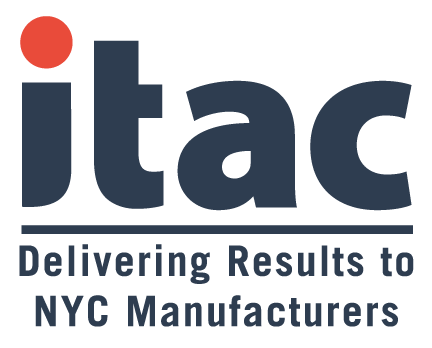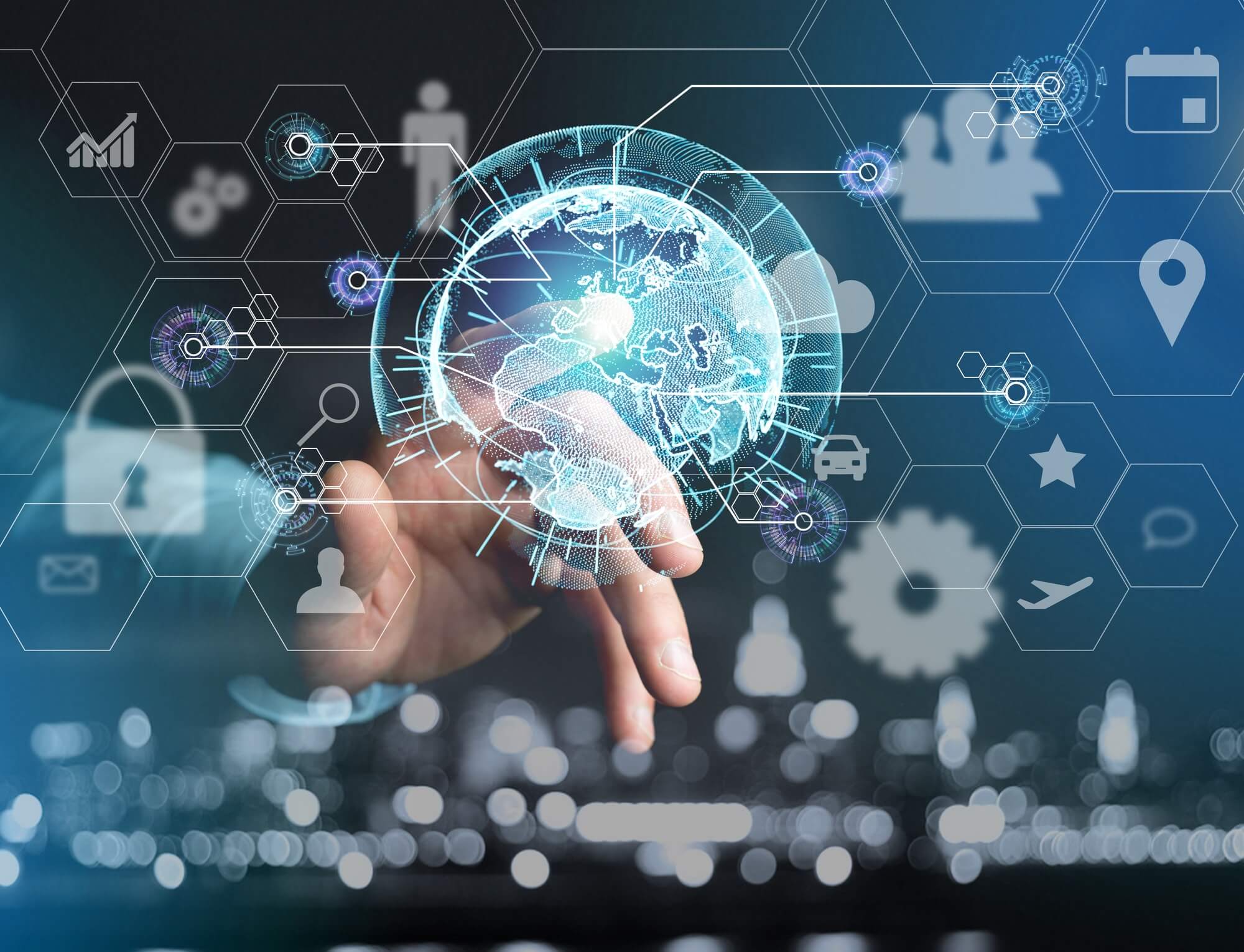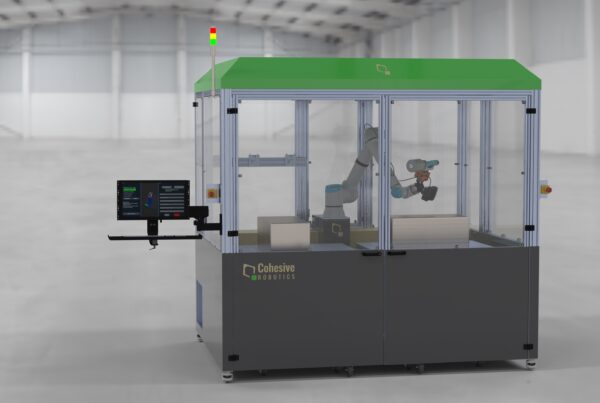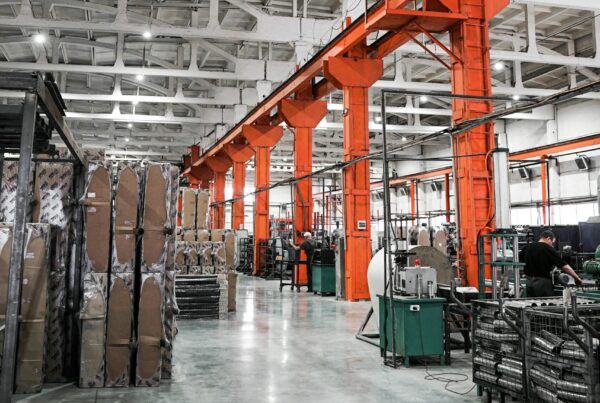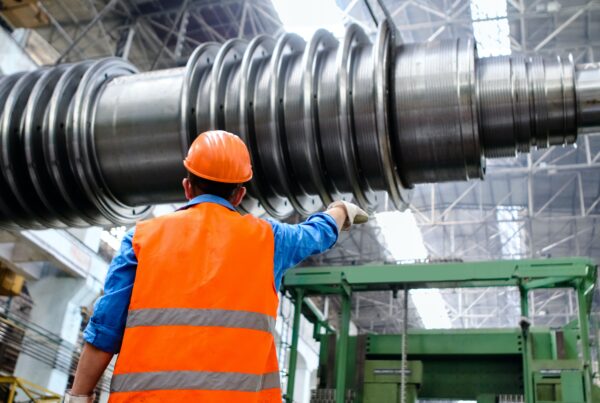Job rules and the nature of work are changing in what’s called the Fourth Industrial Revolution. We examine what future manufacturing jobs will be like in the digital era.
The manufacturing workforce has been absorbing new technology for more than two centuries. Today, the industry finds itself in the midst of the Fourth Industrial Revolution, which is poised to transform work at an unprecedented pace through exponential technologies such as artificial intelligence, advanced robotics and cognitive automation, advanced analytics, and the Internet of Things (IoT).1 And, contrary to some predictions, technology is likely to create more jobs than it destroys—as it has done historically.2 This is evident in the tight manufacturing labor market conditions prevailing both globally as well as in the United States.
Additionally, the Fourth Industrial Revolution is creating a mismatch between available workers and the skills necessary for open jobs. In fact, Deloitte and The Manufacturing Institute anticipate the shortfall in US manufacturing during the next decade to reach the highest levels ever recorded, higher than the earlier estimates of 2 million unfilled jobs during 2015–2025.3 Part of the challenge the industry faces is understanding how today’s jobs and associated skills are morphing into new jobs and career pathways that continue to evolve along with advanced technology. How can the manufacturing industry prepare for this future workplace and ready its workforce to work beside robots and advanced technologies? What are the skills that will become “must-haves” in the future workplace? What are the pathways for training and education to enable these skills? We begin by exploring what’s possible for future jobs in manufacturing.
Reimagining manufacturing jobs
To help manufacturing leaders and workers visualize the possibilities of the future, we’ve developed a series of personas that describe what jobs could look like in 2025. We have chosen to describe these 2025 jobs from the vantage point of the workers themselves, exploring how their work has changed, what kinds of skills and career pathways they have, the types of digital tools that assist them in their work, and what a normal day on the job looks like.
Bringing these future jobs to life can help business leaders, workers, educators, and policymakers shape their vision and spark conversations around what needs to change to make this happen. These future personas represent our ongoing research on skills gaps and the future of work in manufacturing, and reflect several important themes:
Putting humans in the loop. As Deloitte’s 2018 Global Human Capital Trends report explains, leading organizations are working hard to put humans in the loop—rethinking work architecture, retraining people, and rearranging the organization to leverage technology to transform business. The broader aim is not just to eliminate routine tasks and cut costs, but to create value for customers and meaningful work for people.4
Expanding digital and “soft” skills. The rise of automation in the workplace has brought with it an interesting corollary for skills needed in human workers. As technology replaces many of the manual or repetitive tasks many jobs entail, it frees up space for skills that are uniquely human, often called “soft” skills. A recent World Economic Forum study found that the top 10 skills for the next decade include essential human skills such as critical thinking, creativity, and people management.5 Companies need workers that can exhibit these skills as well as the digital skills necessary to work alongside automation.
Leveraging the digital toolbox. Along with the move toward automation, robotics, and artificial intelligence, manufacturing workers are increasingly relying on digital tools to effectively complete their work. As the 2018 Global Human Capital Trends study shows, tools such as collaboration platforms, work-based social media, and instant messaging can increasingly support the communication necessary for higher productivity.6 We have created a “digital toolbox” for each of the personas to exemplify the types of tools a future worker can leverage to perform their daily work.
As digital transformation and the Fourth Industrial Revolution continue to redefine manufacturing jobs of the future, leaders and workers alike need to embrace a work environment that is expected to blend advanced technology and digital skills with uniquely human skills, to yield the highest level of productivity. Understanding how work might change can help the industry as a whole prepare for a future that promises to be transformative.
The insight is from Deloitte.com. You can read the full article by clicking here.
